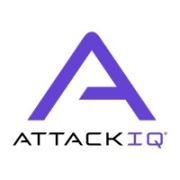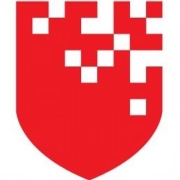Continuous Threat Exposure Management enhances cybersecurity by continuously identifying, assessing, and remedying vulnerabilities to protect against evolving threats. It integrates seamlessly into an organization’s existing infrastructure, providing ongoing security improvements.
CTEM proactively monitors potential threats and facilitates swift responses, reducing the risk of breaches. It allows organizations to prioritize threats based on severity and impact, thereby optimizing resource allocation. This approach helps in maintaining real-time threat intelligence that is crucial for effective risk management, ensuring a more robust security posture. Integration capabilities enable organizations to align CTEM with existing security protocols, enhancing the overall security strategy.
What are the critical features of CTEM?Industries such as finance and healthcare extensively implement CTEM to safeguard sensitive data. In finance, CTEM protects against fraud and unauthorized transactions, while in healthcare it ensures patient information remains confidential and secured against breaches.
Continuous Threat Exposure Management is essential for organizations aiming to maintain robust cybersecurity. It provides ongoing assessment and mitigation of threats, ensuring that security measures evolve in line with sophisticated threats, thus keeping organizational data secure and operations uninterrupted.
| Product | Market Share (%) |
|---|---|
| Cymulate | 16.3% |
| XM Cyber | 16.2% |
| Wiz Code | 14.6% |
| Other | 52.9% |






























Continuous Threat Exposure Management enhances your cybersecurity resilience by providing a proactive approach to identifying and mitigating threats. It continuously monitors and assesses your organization's security posture, enabling you to adapt to emerging threats and vulnerabilities swiftly. By leveraging real-time data and intelligence, CTEM ensures that you can effectively manage and minimize risks before they escalate into significant breaches.
What key features should I look for in a CTEM solution?When evaluating a CTEM solution, important features include automated threat detection, real-time risk assessment, comprehensive reporting, and integration capabilities with existing security infrastructure. Look for a solution that offers advanced analytics, machine learning, and artificial intelligence to enhance detection accuracy and reduce false positives. Customization options for reporting and dashboards are also vital, ensuring the solution meets your specific security needs.
How can CTEM solutions facilitate compliance with regulatory standards?CTEM solutions assist in regulatory compliance by continuously evaluating your security measures against industry standards and regulations. They provide comprehensive audits and reports that detail your compliance status and highlight areas that require attention. With automated documentation and reporting, CTEM solutions simplify the compliance process, ensuring you meet regulatory requirements effortlessly and avoid potential penalties.
What role does machine learning play in CTEM solutions?Machine learning plays a crucial role in CTEM solutions by enhancing threat detection and response capabilities. It enables the system to learn patterns from historical and real-time data, identifying anomalies that may indicate potential threats. Machine learning improves the accuracy of threat intelligence, reduces false positives, and ensures that the CTEM solution can adapt to evolving cyber threats with minimal human intervention, providing a dynamic and robust defense mechanism.
How do CTEM solutions integrate with existing security architectures?CTEM solutions are designed to seamlessly integrate with your current security architecture by utilizing APIs and support for various security tools and platforms. This integration allows the CTEM solution to collate and analyze data from different sources, providing a unified view of your security posture. By integrating smoothly, CTEM enhances the capabilities of your existing security measures, ensuring a comprehensive and cohesive approach to threat management.